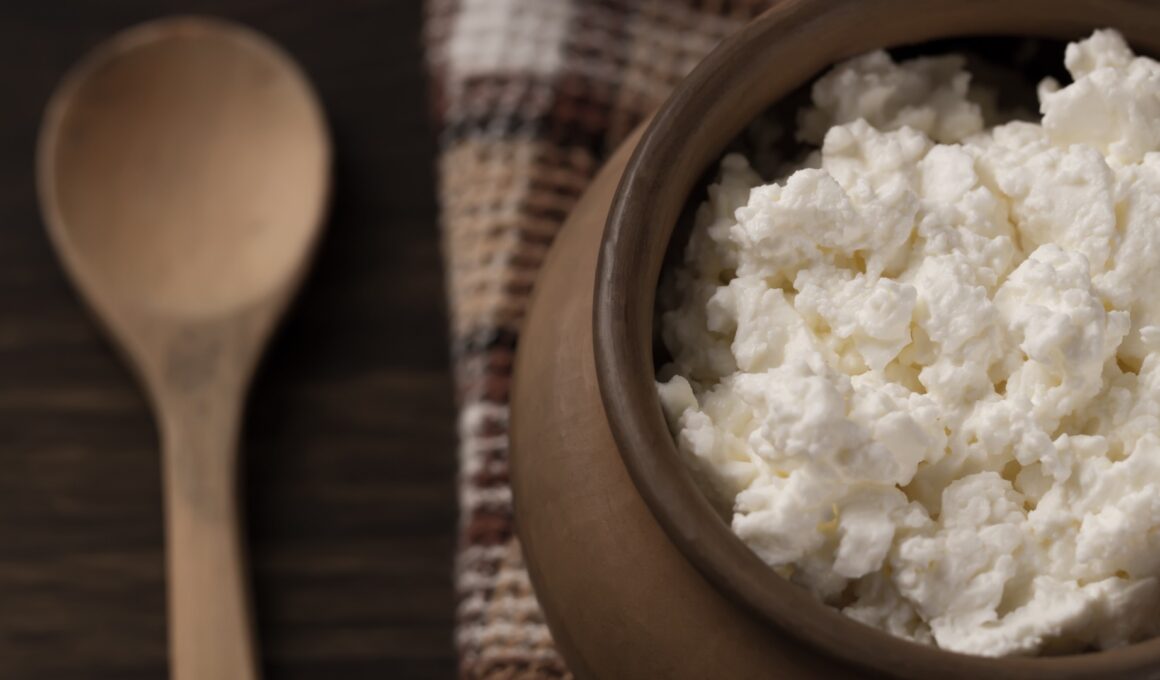Ensuring that you eat a healthy diet each day gives you a number of rules to live by. Eating five portions of fruit and vegetables a day, for example, can be the mantra of some health food specialists. Cutting down on the sugar in your diet is also a highly important focus when shopping for food. However one important diet rule that can be overlooked is to eat around 2,400 milligrams (mg) of salt a day and not too much more. That sounds like a lot of salt but when you start to look at the statistics this doesn’t actually go that far. Cutting down on your seasoning is not the only way you can look to cut down the salt in your diet.
Salt is important to monitor as too much can have negative effects on your health. Too much salt, for example, can lead to high blood pressure which in turn can damage your heart. High salt intake is also linked to obesity.
It can come as a surprise to learn that some of the food you considered to be relatively healthy actually quietly contains an unusually high amount of salt. Remember to check the nutritional information of your shopping before you buy it, but here we present some of the main offenders to you.
1. Cottage Cheese
Cottage cheese is considered by many to be a healthier alternative to some full fat cheeses and cream cheeses and is an enjoyable salad and lunch ingredient. It therefore may surprise you to learn that a normal half cup portion of cottage cheese contains up to 19% of your daily allowance of salt.
2. Canned Vegetables
Canned vegetables are often thought of as a healthy addition to any meal and help you to work towards your five a day. However it is worth looking at the salt content before you buy your cans as salt is used as a preservative in almost all canned foods. One half cup serving can contain between 15-20% of your daily allowance, varying depending on the vegetables that you are serving.
3. Deli Meat
Buying some meat from your grocer’s deli counter is often considered to be a treat and certainly better than some of the processed meats that you can find in the fridge. However be careful which meat you choose – studies have shown that deli meats such as pepperoni and sliced ham can contain around 15% of your daily intake of salt. Make sure you talk to your grocer or butcher about which meats contain a good amount of salt and buy the best meat for you and your family.
4. Canned Soup
As mentioned, canned foods can be repeat offenders for high salt content. Other foods to be careful to check include canned soups, such as minestrone. Baked beans and canned meat can also be worth double checking for salt content when you are shopping.
5. Cereal
Cereal is an easy and quick way to have a good start to the morning by eating a good breakfast. However often cereal is has particularly high sugar content, and parents often need to ensure that the cereals they are giving their children are not going to damage their teeth through the high amount of sugar per serving. It can come as a surprise that cereal can come with a high salt content too. For example Raisin Bran has around 300mg of salt per serving, which is about 15% of your RDA.
Often the common reason for having a high salt content in food is to preserve it so that it lasts for longer – salt kills bacteria and so it’s perfect for stopping tinned foods from going moldy. One of the best ways of avoiding this is to buy fresher and healthier produce. For example, instead of buying tinned vegetables buy fresh, or you could try making your own bread rather than buying commercial products and this way you can keep a close eye on precisely what goes into your food. Checking the salt content of each product can seem time consuming and annoying, but ensuring your health and the health of your family makes the process worthwhile.




